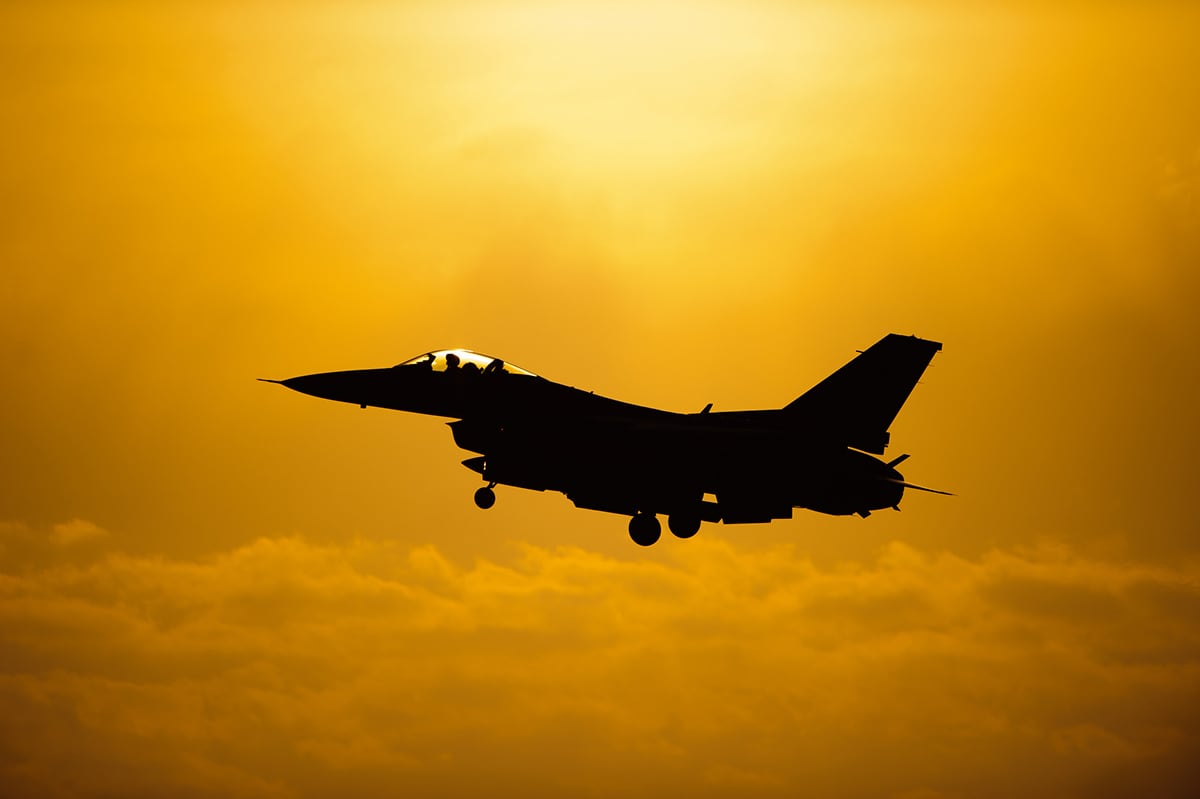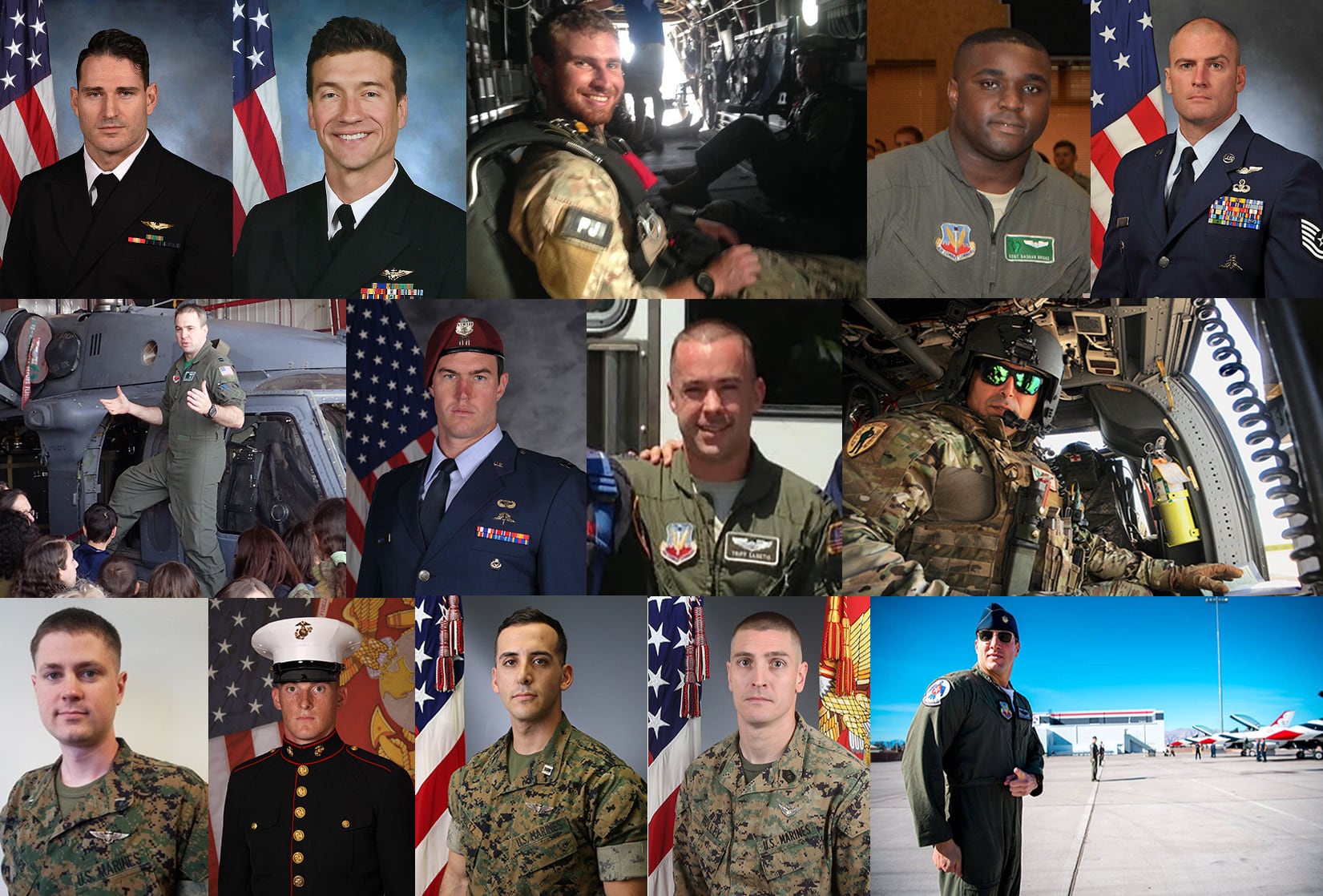In the wake of a spike in Air Force aviation accidents, Air Force Chief of Staff Gen. Dave Goldfein has ordered a review of the low-level, non-fatal Class C mishaps driving that increase.
Air Force data obtained and published by Military Times showed Class C mishaps increased 16 percent between fiscal 2012 — the year before sequestration hit, when Class Cs hit a recent low — and fiscal 2017.
Most of those mishaps involved the A-10 Thunderbolt II, several kinds of cargo aircraft and the F-16C Fighting Falcon.
Air Force spokesman Maj. Ken Scholz said Monday that Goldfein last week ordered the Air Force Safety Center to conduct the review.
The rates of Class A and B mishaps in the Air Force have varied over the last several years but overall are showing decreases.
The 25 Class A mishaps ― incidents that result in a fatality or permanent disability or at least $2 million in damage — recorded in 2017 were the second-lowest since fiscal 2011, behind the 23 recorded in fiscal 2014.
RELATED

And 2017’s 41 Class B mishaps — incidents that cause permanent partial disability, the hospitalization of three or more personnel, or between $500,000 and $2 million in damage — were the lowest since 2016.
But while Class C mishaps — which cause $50,000 to $500,000 in damage or injuries leading to lost days from work — are comparatively less severe, they can sometimes be a “canary in a coal mine” that show worse problems could develop down the line.
Even more concerning, mishaps are increasing at a time when overall flight hours are decreasing.
RELATED

Military Times’ analysis of overall Class A through Class C mishaps across all services show a 40 percent increase in accidents since sequestration hit in 2013.
Between 2013 and 2017, at least 133 service members were killed.
The Navy and Marine Corps have recorded more severe mishap increases than the Air Force.

For the Air Force, the majority of the Class C mishap increases came from cargo aircraft such as the C-130H Hercules and C-17A Globemaster, particularly from physical injuries when airmen were conducting maintenance or loading or unloading the aircraft.
The A-10’s Class C mishaps were related to a sudden spike in gun-related mishaps. But the safety center was unsure what was causing the increase in F-16 mishaps, though the aging of the aircraft could be a factor.
Military.com reported Monday that Air Force Vice Chief of Staff Seve Wilson said at the Future of War conference in Washington, D.C., that the service was looking into a possible trend in Class Cs
Stephen Losey is the air warfare reporter for Defense News. He previously covered leadership and personnel issues at Air Force Times, and the Pentagon, special operations and air warfare at Military.com. He has traveled to the Middle East to cover U.S. Air Force operations.





